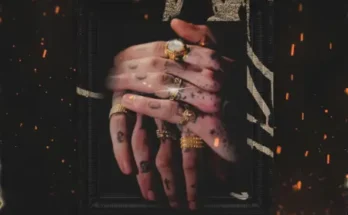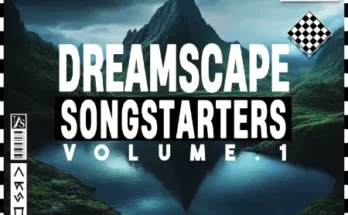Team: CoBaLT | 623,36 MB
The goal was to make a piano that works in a mix, that is, together with other instruments in a studio environment. To do this, I needed a piano with a well contoured treble and a distinct, but not muddy, bass.
It’s a big (275 Cm) Malmsjo Grand from the mid 1920’s. I love this instrument because of the warm tone it has and I suspected that this would be suitable for this purpose.
The idea was to make a piano with a very distinct tone, that would not lose its warmth during the process.
I chose Studio Kuling in Orebro, Sweden, partly because it is near to where I live, but mainly because it has one of Sweden’s finest rooms for recording acoustic instruments. The Malmsjo Grand is their “in-house” piano and has already proven successful in many pro recording sessions. I could easily have brought in ANY Grand Piano, but the track record for this piano swayed me to try the Malmsjo. I did choose to bring in one of Europe’s finest pro piano tuners and he was present throughout recording for this grand and also for recording the “Rain Piano” upright.
A piano sounds very different if you strike a key soft or hard. It is important that you can go from feather-soft to hard-banging and get a natural transition between the two extremes. In my opinion, the most important factor for a natural piano sound, is to record many velocities (different loudness = different timbre). This gives a smooth, natural transition when playing with different strength.
I therefore sampled 12 different velocities per note.
This is impossible to do “by hand”, even for a professional pianist, so I therefore used a special developed software that let me sample in steps of 2 dB. From those samples, I then chose the final samples for assembling the sampled instrument.
These source recordings were made at 24bit stereo resolution. If I was to sample all notes, full decay, the sample instrument would be too big to handle, even for the latest computers and operating systems. So I decided to sample the full notes, that is, the white keys. Sampling the 54 full notes means that no sample is stretched more then a semitone.
To get the file size down some more, I “only” sampled around 15 seconds of each note. The samples are then looped to emulate a full envelope. 15 seconds is long enough to make sure that in 99.9% of all playing situations, you will never
even reach the beginning loop point, so basically, you will be playing unlooped samples.
The microphones used were:
– Neuman U87, bass
– AKG C414, mid + high
– 2 Pearl TL4 Stereo microphone, ambience
Recordings were made through a Soundtracs IL 4832 to a ProTools HD system.
All samples are originally in 24-bits 44.1 KHz stereo.
For each note 12-13 velocities was recorded using a specially designed custom software in 2dB steps.
I chose 8 samples per note/pedal from the set of 12-13 samples.
The samples were chosen regarding overall balance and timbre. This resulted in reusing some samples in some velocity splits, just because it sounds better.
In most cases, the notes have true 8/8 velocity, that is, 16 different samples are used on each white key (8 Pedal Up and 8 Sustain Pedal Down.)
The Studio Grand has six presets that you can choose from to suit your playing needs.
Example: Pedal Down Only allows for an ambience suitable in movie soundtrack styles. All presets have a lowpass filter that allows you to alter the tone by moving the modulation wheel. ModWheel normal gives the original unfiltered tone.When turned up, it gives a darker, more mellow sound.
[toggle title=”Home page”]no home[/toggle]
http://alfalink.to/9df26a2086b3ae287666
Please REPORT in Comment Broken Links





